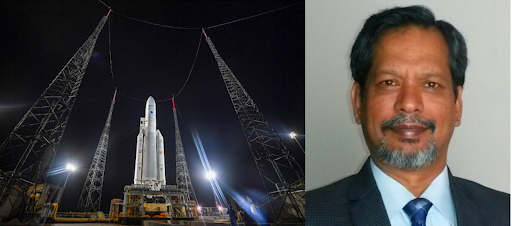
The James Webb Space Telescope launch and IITKGP
On 25th December 2021, thousands around the world enthusiastically watched the Ariane 5 heavy-lift space launch vehicle carry the James Webb Space Telescope (JWST or Webb) to its orbit. However, not many are aware that this launch from the European Space Agency (ESA) spaceport in French Guiana had a unique KGP connection. Alumnus Dr. Ranbir Sinha (B.Tech/Aero/1981) worked on the structural design and simulation of the Ariane 5 nose-cone and Payload Fairing (PLF), which protected the Webb during the launch. Launching The Webb The James Webb Space Telescope (JWST) is the next great space science observatory that will take up…

